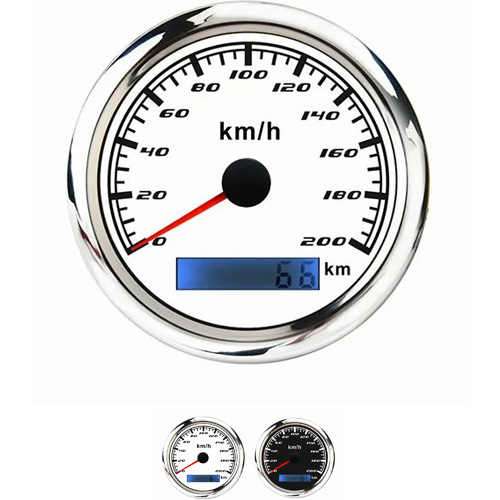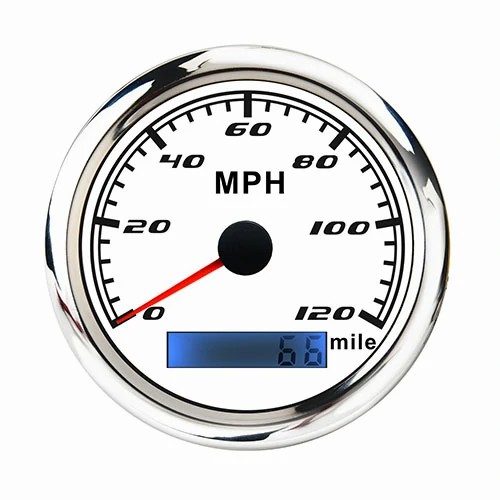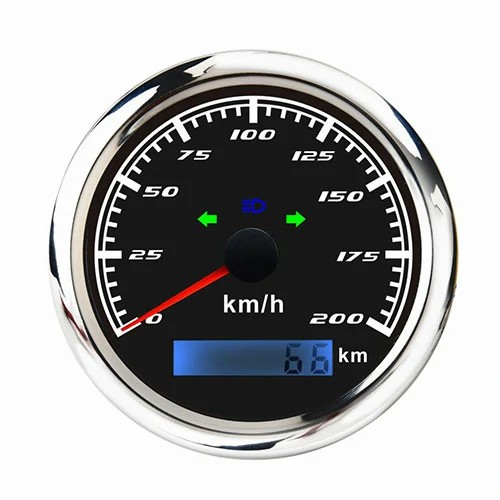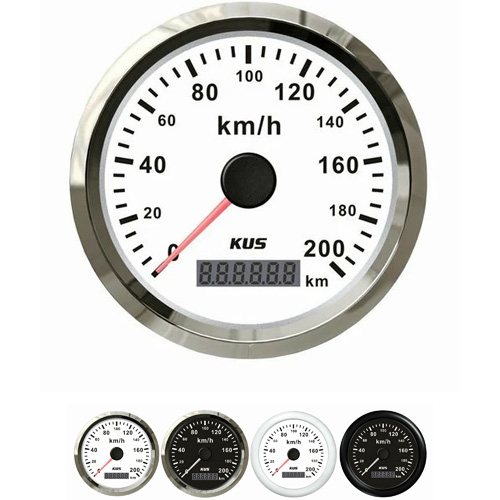why speedometer is off by 5 mph
This problem involves two aspects, one is physical and psychological factors, and the other is physical factors. Physical and psychological factors refer to the process from 5 to 0, which brings more intuitive visual feelings to people. Because there is a very obvious contrast between the two states of motion and rest visually. But from 60 to 55, the difference is not so obvious. Human vision is very insensitive to such speed changes.
The second factor is physical. The braking feeling you feel is actually the feeling of negative acceleration during braking. Subjectively, I feel that the deceleration from 5 to 0 to parking is more obvious than that from 60 to 55, because the acceleration at 5 to 0 may be greater during this deceleration. For example, it takes 3 seconds from 5 to 0, but 7 seconds from 60 to 55. In this case, people will feel more obvious from 5 to 0. However, if it takes 7 seconds from 5 to 0 and 3 seconds from 60 to 55, people will feel that the latter has a stronger sense of deceleration (assuming that there are no other dynamic feelings such as car nodding and road feeling vibration when braking). It is impossible to judge whether the braking time is from 60 to 55 or from 5 to 0 if people's eyes are blindfolded. There are many reasons for the lower acceleration during deceleration from 60 to 55.
The main aspect is the impact of drivers' operating habits. But if a driver likes big foot braking very much, then even if it is 60 to 55, there will be a strong braking feeling at the end of one second. Then the interesting thing is, if the driver applies the same force to the pedal during the two braking processes, will the braking force be the same? The answer to this question is probably different from most people's intuition. When the driver steps on the brake with the same force, the braking force obtained at different speeds is different. First of all, the mechanical knowledge learned in school tells us that the sliding friction coefficient has nothing to do with speed. But this is only a simplified model in an ideal state. Under actual conditions, the sliding friction coefficient is negatively related to the speed. That is, when the same force is applied to the brake pedal, the braking force obtained at high speed is lower than that obtained at low speed. In real life, if a constant force is applied to the brake pedal, the negative acceleration value will continue to rise throughout the deceleration process. The subjective feeling is that the lower the speed, the faster the brake will be. Of course, a little before the speed drops to 0, there will be a change from sliding friction to static friction, and the braking force will change greatly at this time.
 English
English 






Get a Quote / Info